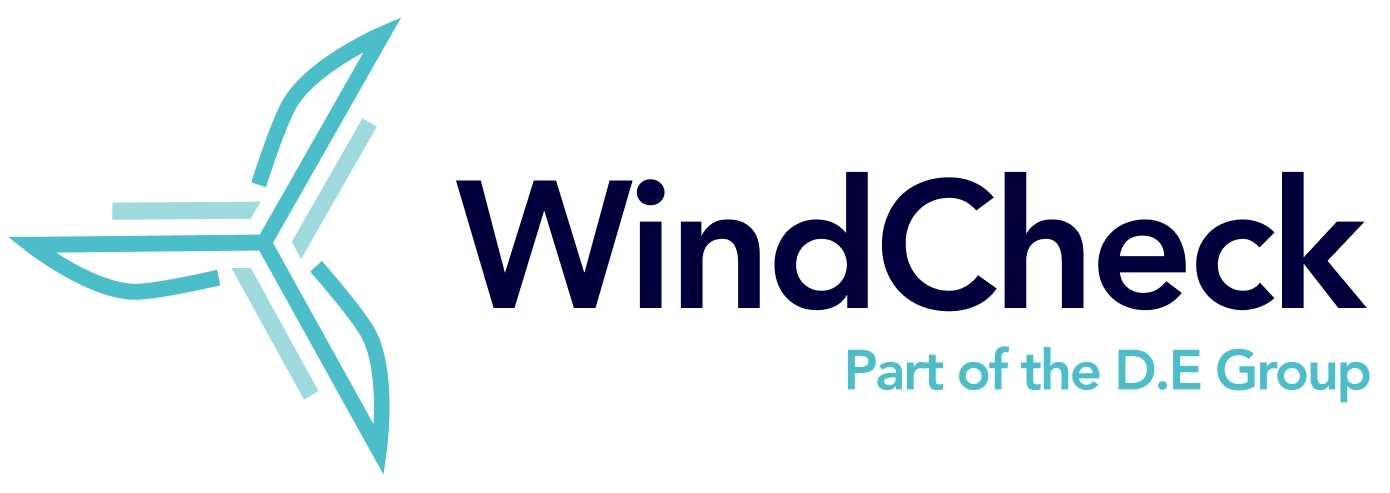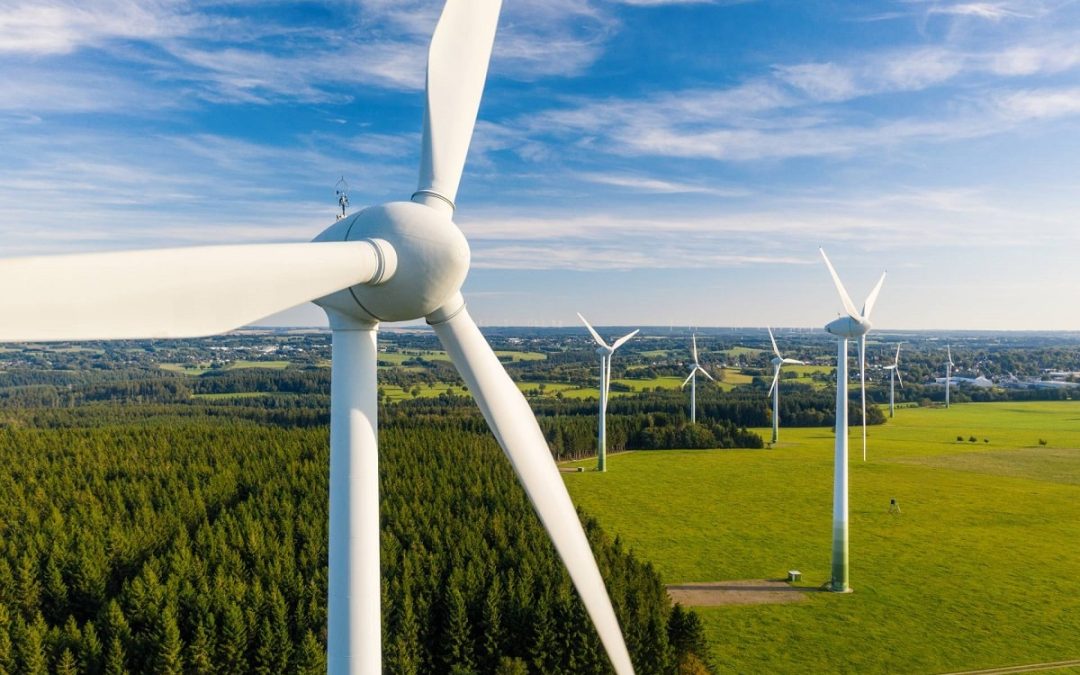On August 16, 2022, President Biden signed the Inflation Reduction Act of 2022 into law. This marks a significant step towards reducing inflation while tackling climate change. This legislation incorporates various policies, including investments, subsidies, rebates, grants and loan guarantee programs, aimed at making clean energy technologies more affordable and accessible for all Americans.
What Is the Inflation Reduction Act 2022?
The primary goal of the Inflation Reduction Act is to lower energy costs and promote the adoption of clean energy solutions. By offering financial incentives, such as investment tax credits (ITCs) and production tax credits (PTCs), the act encourages the construction of renewable energy projects. These incentives provide direct benefits to both individuals and businesses, putting money back into their pockets.
Investment Tax Credit (ITC): Fueling A Decade Of Renewable Energy Expansion
The (ITC), which starts at a ‘base rate’ of 30% and will remain in effect for 10 years (2032), has several pre-qualifying conditions:
- Projects have to meet certain wage or apprenticeship requirements. However, projects of 1MW and lower are automatically eligible for the 30% ITC regardless of these requirements. And, with projects <5MW, this can include interconnection costs.
- Direct pay options are only available for tax-exempt entities (e.g. hospitals, schools and electric cooperatives).
In addition, there are up to three different 10% – 40% ‘bonus’ credits or ‘adders’ that can grow the ITC to as high as 70%.
Domestically manufactured products that contribute to at least 40% of the total project cost will be subject to a 10% adder.
An additional 10% ITC can be obtained if the project serves an ‘Energy Community’ – which is defined as brownfield sites or fossil fuel communities.
ITC adders can also be added for low-income communities (projects with <5MW):
- 10% ITC adder is available if the project is located in a low-income community or on land reserved for native peoples.
- 20% ITC adder can be obtained if the project is for a low-income residential building or a low-income economic benefit project.
Moreover, the act extends the production tax credit (PTC) for various renewable energy projects, including wind, solar, geothermal, biomass, and certain hydropower projects. This extension allows projects that commence construction before 1st January 2025 to benefit from the PTC.
How Does This Benefit The Renewable Energy Industry
It recognises the significant benefits of wind farms in promoting clean energy. By supporting wind energy projects, the act contributes to the reduction of greenhouse gas emissions and other pollutants. Wind farms create employment opportunities, foster economic growth in local communities, and provide a sustainable source of energy.
The updates to the Production Tax Credit rules provide a longer period to utilise the credit, (10 years) creating a more stable investment environment for the wind energy sector. Moreover, the act offers strong incentives for oil and gas companies to invest in wind energy projects. This is expected to accelerate the growth of the wind energy industry, benefiting wind farm owners and fostering a sustainable future for clean energy initiatives.
In Summary:
- The Inflation Reduction Act of 2022 aims to reduce inflation while addressing climate change through a range of policies and financial incentives.
- The act offers investment tax credits (ITCs) and production tax credits (PTCs) to incentivise the construction of renewable energy projects.
- Individuals and businesses can earn money back on their investments in renewable energy from the ITCs.
- The act extends the production tax credit (PTC) for various renewable energy projects.
- The act promotes the development of wind farms, which contribute to reducing greenhouse gas emissions and fostering economic growth.
- While the act has political compromises, it sets the stage for more ambitious climate policies in the future.

